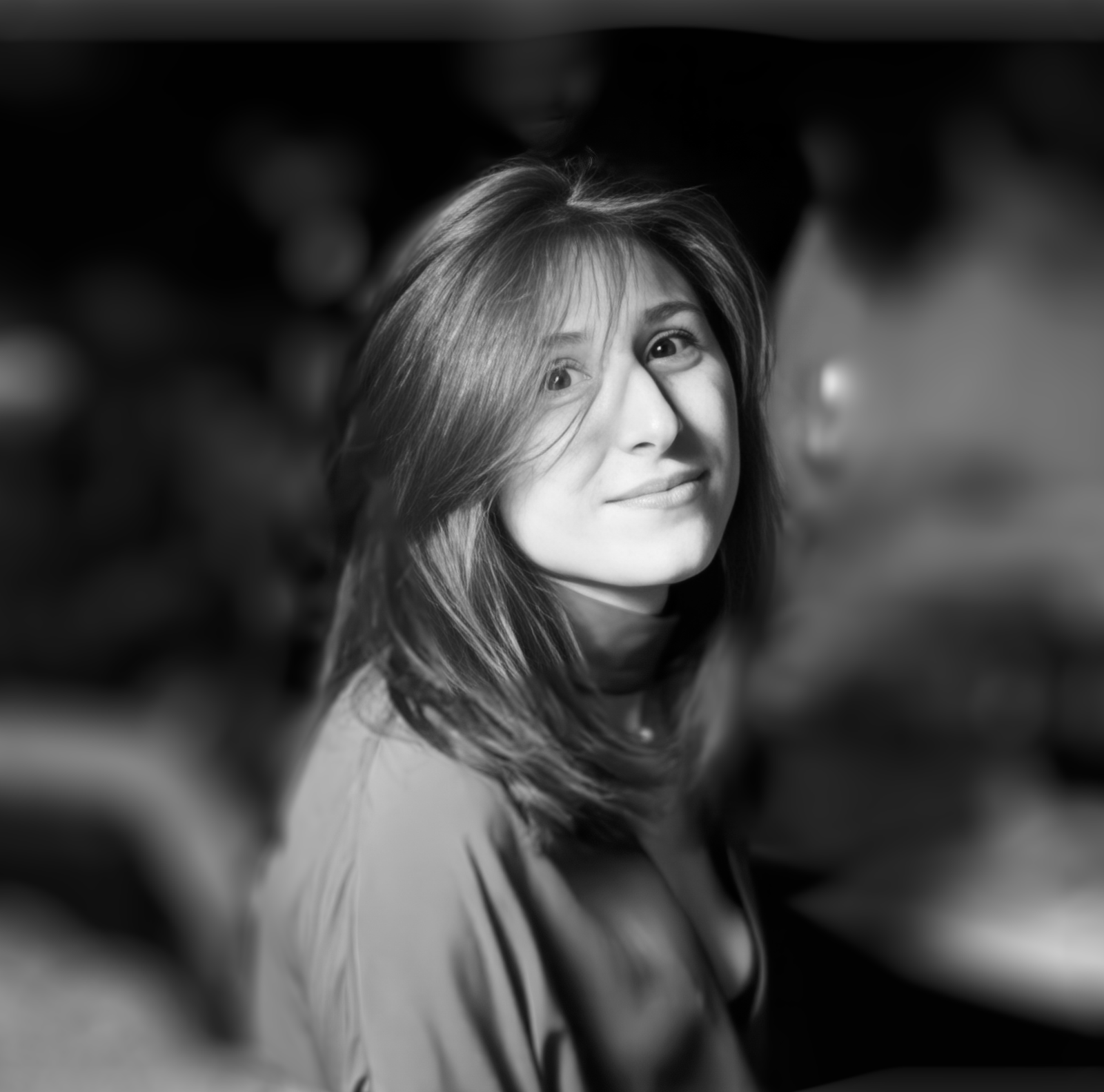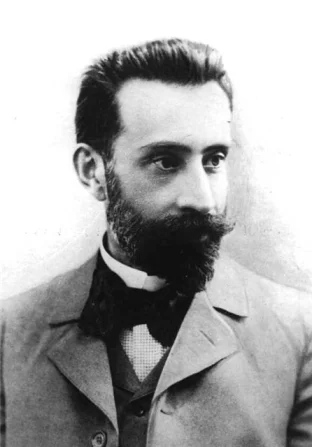
Gigo Gabashvili, born Giorgi Ivanovich Gabashvili, stands as a monumental figure in the evolution of Georgian art, not merely by virtue of his impressive portfolio but also through his foundational influence in establishing the new Critical Realism School within the region. His life, spanning from 1862 to 1936, was a testament to artistic brilliance, which he channeled through an array of creative forms and techniques distinguished by precision and grandeur.
A Life Painted in Vivid Hues
Gabashvili’s journey began in Tbilisi, where he was born on November 9 (according to the old style) or November 21 in today’s calendar terms. His artistic voyage was seeded through local influences at Kepen’s private art school and matured at Russia’s prestigious St. Petersburg Academy of Arts. It was under the guidance of Gotfrid Villeval’de, a master of battle scenes, that Gabashvili honed his skills, synthesizing these with Georgian cultural motifs.
Through his career, Gabashvili emerged not just as a local talent but as an artist whose works resonated with the international artistic community. His visits to Central Asia and later to Italy and Greece infused his art with diverse thematic richness and broadened his vision. His exhibition in 1891 marked his debut on the artistic stage, reflecting a perspective that was both inherently Georgian and expansively global.
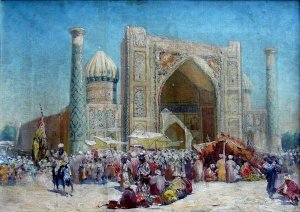
Thematic Versatility and Timeless Realism
The themes within Gabashvili’s vast body of work were notably diverse, spanning portraits of Georgian cultural figures to paintings capturing the nuances of varied social strata. His portrayal of Georgian aristocrats, ordinary citizens, and historical figures showcased his versatility and commitment to realism. Gabashvili’s series capturing the Georgian cultural essence, from notable individuals like Ilia Chavchavadze and Akaki Tsereteli to self-portraits, stand testament to his meticulous technique and vivid color palette. Particularly notable is his rendering of “The Bazaar in Samarkand,” illustrating a bustling market scene from his 1894 travels. This painting, a convergence of influence from Vasily Vereshchagin and personal innovation, showcases Gabashvili’s ability to blend perspectives, using geometric placements to enhance viewer admiration and engagement with the massive Shir Dar Madrasa.
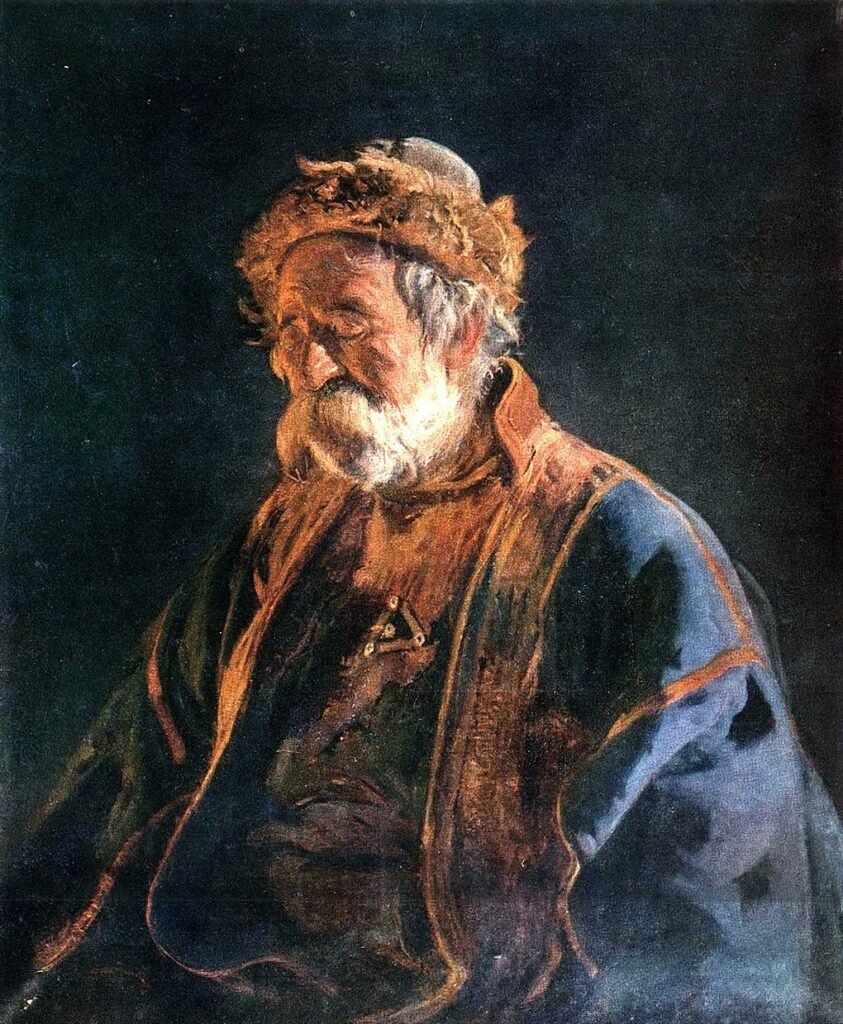
Innovation Rooted in Tradition
Gabashvili’s adoption of European forms infused new energy into Georgian art. His pioneering role in embedding realism within a Georgian cultural context paved the way for broader acceptance and recognition of modern themes inspired by contemporary life. His adoption of large-scale canvases and powerful color schemes reflected a commitment to both artistic evolution and cultural fidelity.
Gabashvili was more than an artist; he was an educator and founding professor of the Tbilisi State Academy of Art. His teaching endeavors helped elevate the professional standards of Georgian art, laying a groundwork that continues to influence burgeoning artists today.
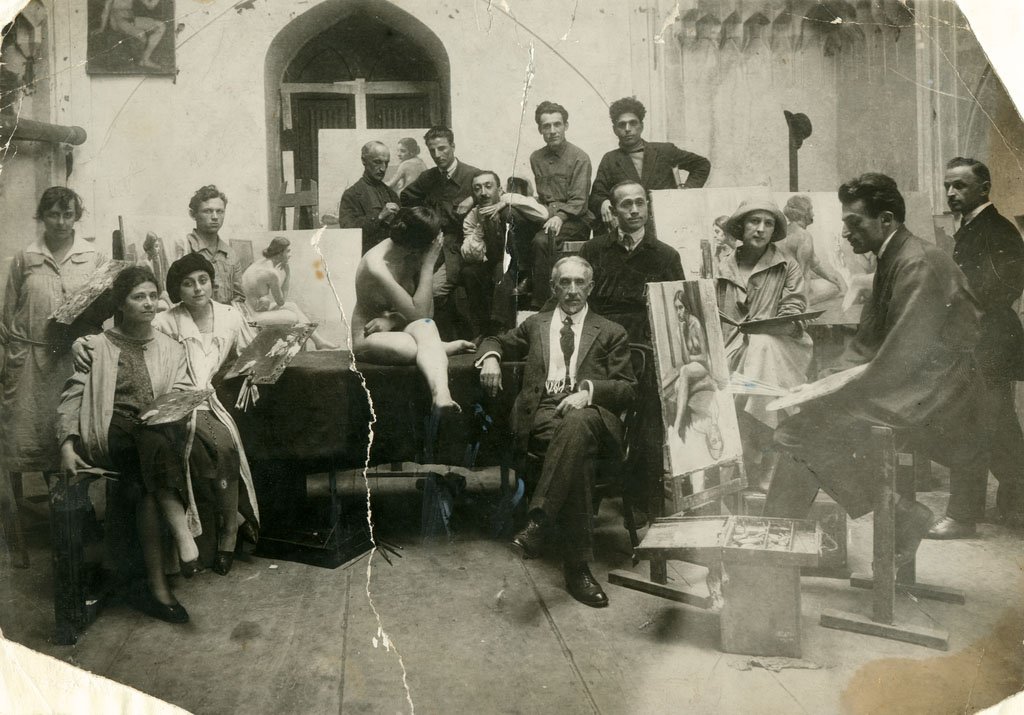
An Enduring Legacy
Gigo Gabashvili’s passing in 1936 did not mark the end but rather the beginning of his enduring influence in the art world. His works, vivid with life and imbued with a distinctly Georgian spirit, continue to captivate art enthusiasts. As we reflect on his contributions, we appreciate an artist committed to depicting the world not just as it was, but as it could be – captured in strokes of realism that transcend time and place. His legacy is an indelible chapter in the rich tapestry of Georgian cultural history, inspiring a new generation to reach beyond conventional boundaries to explore the infinite possibilities of art.

